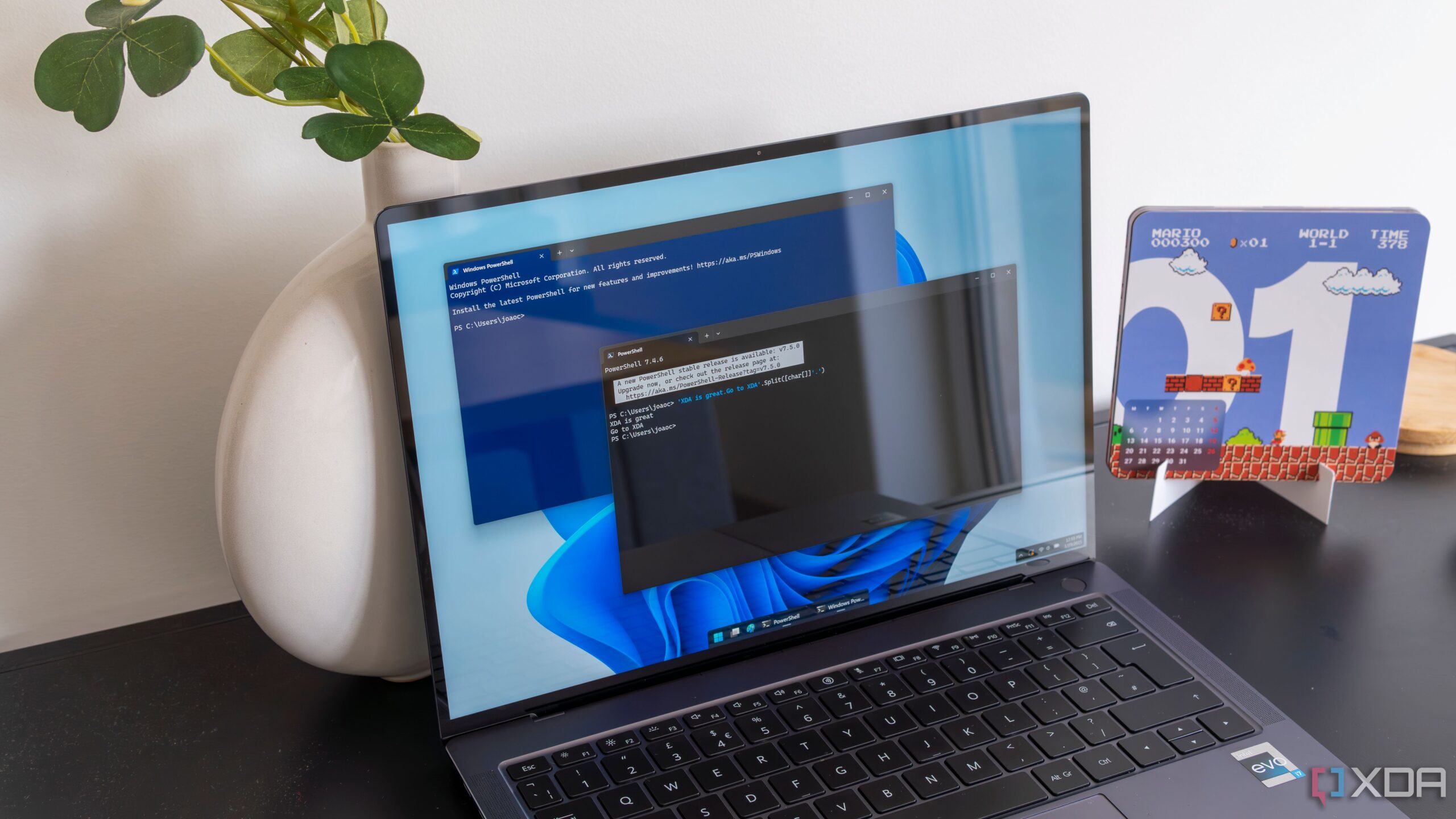Top Stories
PowerShell Surges Ahead of Bash for Windows Users – 5 Key Tricks

UPDATE: PowerShell has officially surged ahead of Bash as the preferred shell for Windows users, with developers discovering five game-changing tricks that enhance system management and automation. This urgent shift highlights PowerShell’s modern features and its tight integration with the Windows operating system.
As of October 15, 2023, experts are emphasizing the importance of these PowerShell techniques for maximizing productivity and efficiency. With its ability to handle system-level tasks seamlessly, PowerShell is becoming a vital tool for IT professionals and system administrators worldwide.
One of the standout features of PowerShell is its handling of outputs. Unlike Bash, which outputs text that often requires complex parsing, PowerShell treats command results as structured objects. For instance, the command Get-Process | Where-Object CPU -gt 100 | Select-Object Name, CPU allows users to instantly identify processes consuming significant CPU resources, streamlining system management like never before.
Another critical advantage lies in PowerShell’s access to the entire Windows ecosystem. Users can directly query system components such as the registry and task scheduler. For example, to view startup applications, the command Get-ItemProperty -Path “HKCU:\Software\Microsoft\Windows\CurrentVersion\Run” provides immediate insight into running applications, a capability Bash lacks on Windows.
PowerShell also shines in task automation through cmdlets, which are small, purpose-built commands following a clear Verb-Noun structure. For example, users can swiftly install Windows Updates with the command Install-WindowsUpdate -AcceptAll -AutoReboot. This functionality is essential for keeping systems up-to-date without manual intervention.
When it comes to file management, PowerShell’s commands are straightforward and effective. Users can quickly copy PDF files to a backup location with a simple command like *.pdf C:\Backup, or find files larger than 100MB using Get-ChildItem -Recurse | Where-Object {$_.Length -gt 100MB}. This consistency in command structure makes it easier for users to manage files effectively.
Moreover, PowerShell’s remoting capabilities allow for efficient management of multiple machines. With built-in support for WinRM, administrators can execute commands across several PCs without the need for additional software. For instance, to restart a service on five PCs, users can simply run Invoke-Command -ComputerName PC1, PC2, PC3, PC4, PC5 -ScriptBlock { Restart-Service spooler }. This streamlined process offers significant time savings in enterprise environments.
As developers increasingly recognize these advantages, the conversation around PowerShell’s superiority over Bash for Windows tasks is gaining momentum. While both shells have their strengths, PowerShell’s tailored design for the Windows operating system allows users to execute complex tasks more efficiently.
What happens next? IT professionals are encouraged to explore these PowerShell tricks to enhance their workflow immediately. As adoption rates soar, we can expect to see a continued shift towards PowerShell in enterprise environments, solidifying its status as the go-to shell for Windows users.
Stay tuned for further updates as this trend develops, and join the conversation on social media to share your experiences with PowerShell versus Bash!
-

 Sports1 week ago
Sports1 week agoSteve Kerr Supports Jonathan Kuminga After Ejection in Preseason Game
-

 Politics1 week ago
Politics1 week agoDallin H. Oaks Assumes Leadership of Latter-day Saints Church
-

 Lifestyle1 week ago
Lifestyle1 week agoDua Lipa Celebrates Passing GCSE Spanish During World Tour
-

 Business1 week ago
Business1 week agoTyler Technologies Set to Reveal Q3 2025 Earnings on October 22
-

 Entertainment1 week ago
Entertainment1 week agoZoe Saldana Advocates for James Cameron’s Avatar Documentary
-

 Health1 week ago
Health1 week agoRichard Feldman Urges Ban on Menthol in Cigarettes and Vapes
-

 Health1 week ago
Health1 week agoCommunity Unites for Seventh Annual Mental Health Awareness Walk
-

 World1 week ago
World1 week agoD’Angelo, Iconic R&B Singer, Dies at 51 After Cancer Battle
-

 Science1 week ago
Science1 week agoChicago’s Viral ‘Rat Hole’ Likely Created by Squirrel, Study Reveals
-

 Lifestyle1 week ago
Lifestyle1 week agoKelsea Ballerini Launches ‘Burn the Baggage’ Candle with Ranger Station
-

 Business1 week ago
Business1 week agoMega Millions Jackpot Reaches $600 Million Ahead of Drawings
-

 Business1 week ago
Business1 week agoMLB Qualifying Offer Jumps to $22.02 Million for 2024









